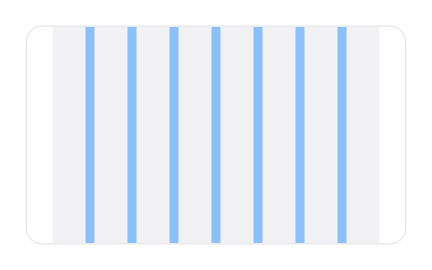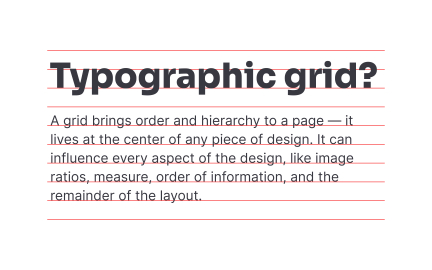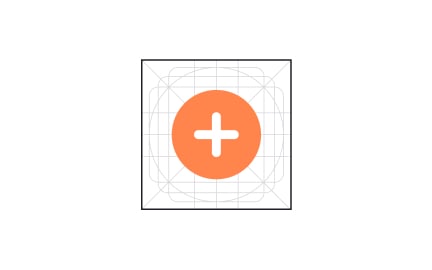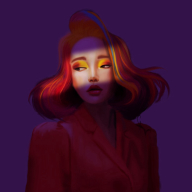Layout & Composition
Layout and composition determine how visual elements are arranged to create structure, hierarchy, and clarity in user interfaces and content.
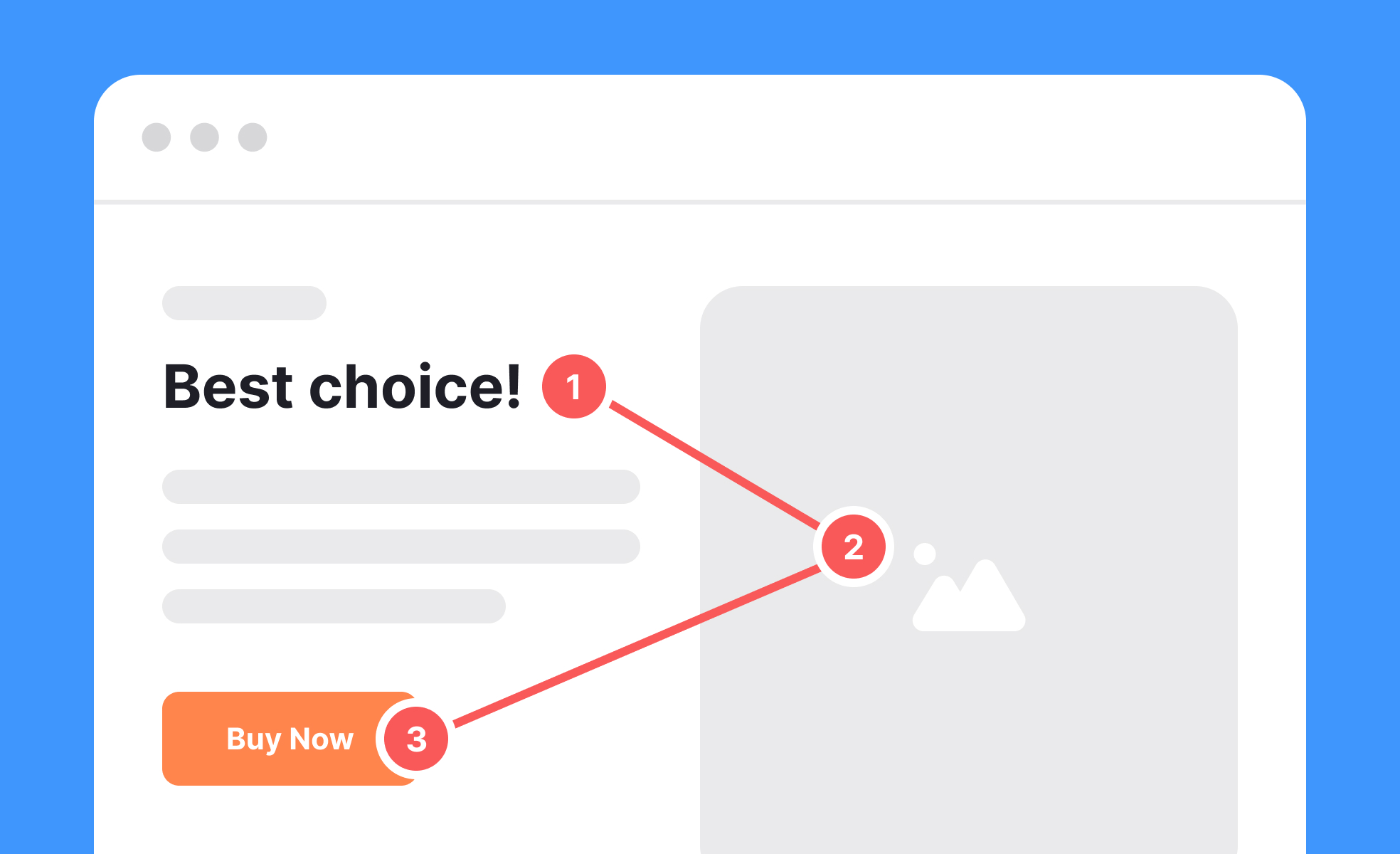
What is Layout & Composition?
Your carefully crafted content gets ignored because users can't quickly understand what's important or how information relates to their goals. You've probably seen beautiful designs that confuse visitors because key elements aren't visually prioritized or logically organized.
Most digital designs fail not because of poor individual elements, but because layout and composition don't guide user attention effectively, creating visual chaos that overwhelms rather than informs.
Layout & Composition is the strategic arrangement of visual elements including text, images, buttons, and white space to create clear information hierarchy, guide user attention, support task completion, and communicate relationships between different content areas within digital interfaces and marketing materials.
Well-composed layouts increase user task completion by 40-60%, improve content comprehension by 35%, and can boost conversion rates by 25-40% because users can quickly find and act on the information they need.
Consider how newspapers use layout to guide readers through complex information: headlines, subheadings, columns, and white space create visual paths that help people consume news efficiently. Your digital products need the same intentional information architecture.
Why Layout & Composition Matter
Users struggle to navigate your interface, miss important information, and abandon tasks because visual elements compete for attention rather than working together to support user goals.
The cost of poor layout and composition accumulates rapidly. You get higher bounce rates, longer task completion times, increased support requests, and competitive disadvantage against products that feel more intuitive to use.
What effective layout and composition deliver:
Faster user comprehension because visual hierarchy guides attention to the most important information first, then provides clear paths to supporting details and action opportunities.
Think of good composition like traffic signs. The most important information gets the biggest, boldest treatment, while supporting details use smaller, secondary styling that doesn't compete for attention.
Higher conversion rates through strategic placement of key elements that support decision-making and reduce friction in critical user flows like sign-up, purchase, or content consumption.
Improved accessibility for users with different abilities, screen sizes, and attention capabilities because well-composed layouts work across diverse usage contexts and assistive technologies.
Reduced cognitive load that allows users to focus on their goals rather than figuring out how to navigate your interface or find relevant information within complex layouts.
Stronger brand perception because thoughtful composition communicates professionalism and attention to detail that builds trust and credibility with potential customers.
Advanced Layout & Composition Strategies
Once you've mastered basic composition principles, implement sophisticated visual organization approaches.
Responsive Composition Systems: Design layouts that maintain effective visual hierarchy and information relationships across different screen sizes while adapting appropriately to device capabilities and usage contexts.
Dynamic Content Layout: Create composition frameworks that accommodate varying content lengths, image sizes, and information types while maintaining consistent visual quality and user experience.
Attention Flow Design: Use advanced composition techniques like directional cues, visual paths, and strategic contrast to guide user attention through complex interfaces in optimal sequences.
Multi-Modal Layout Systems: Design compositions that work effectively for different input methods like mouse, touch, keyboard, and voice and accessibility requirements without compromising visual effectiveness.
Layout and composition focus on structure and organization, while visual design includes styling like colors and typography.
Only indirectly. Good structure improves usability and accessibility, which can influence SEO performance.
Design systems and responsive frameworks help automate layout rules, but human judgment is still essential for for making effective solutions.
Recommended resources
Courses

UX Design Foundations

Typography

Design Composition
Lessons

Theory of Design Principles

Typographic Terms

Usage of Design Principles
Tutorials

Creating Reusable Components in Figma: A Step-by-Step Tutorial

12 Composition Techniques in Photography for Better Design
Projects

Pruvi - Cycling iOS App

Type System for a Coding Community




